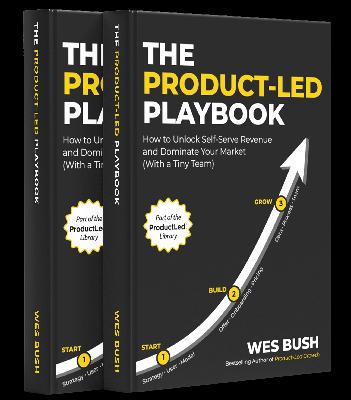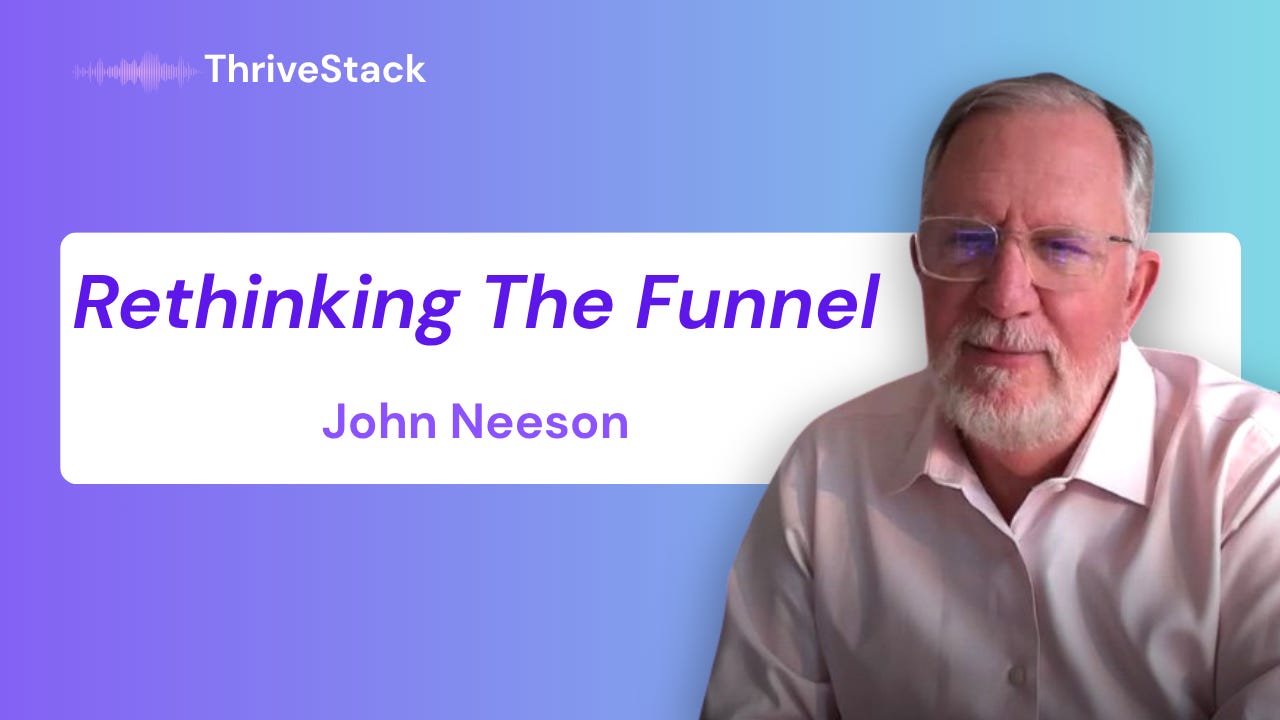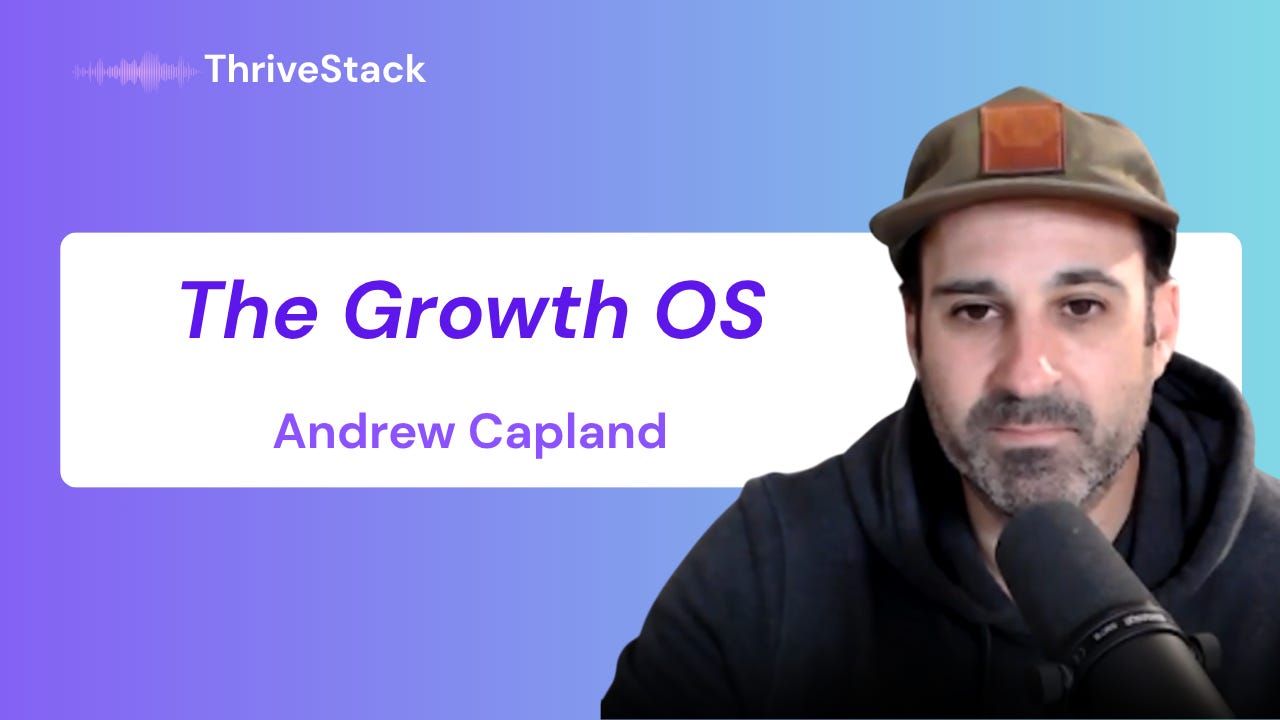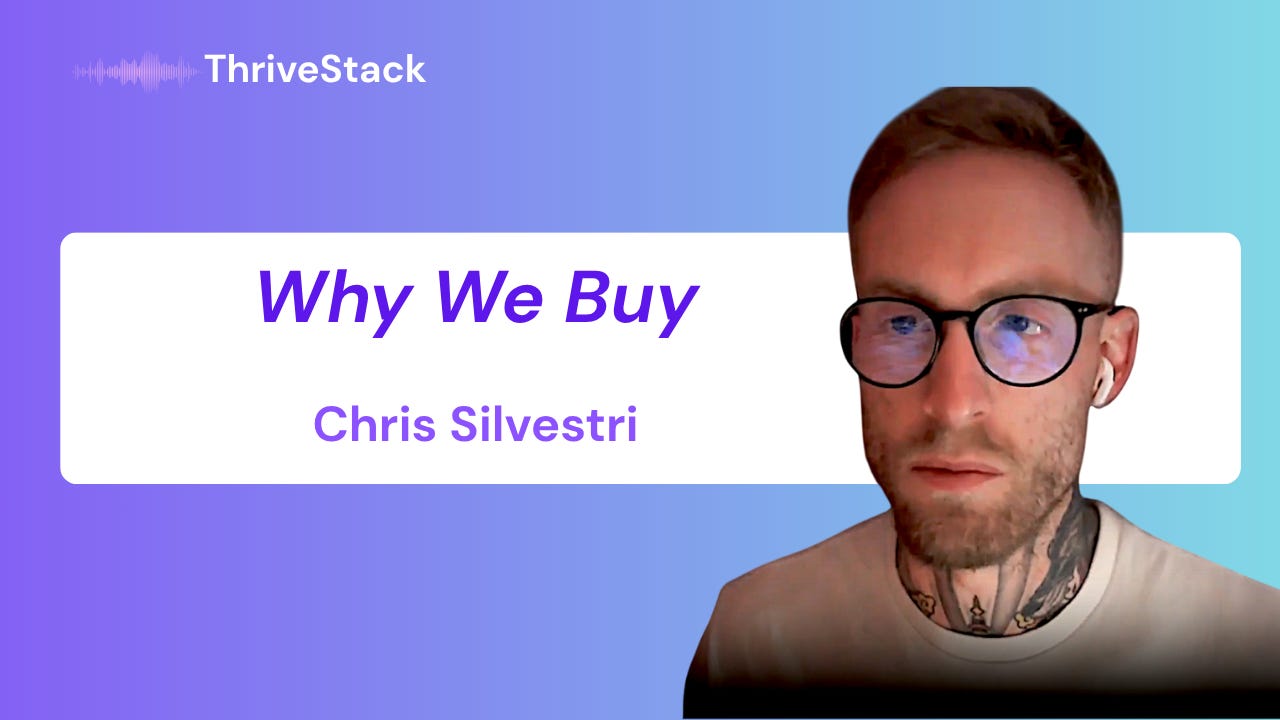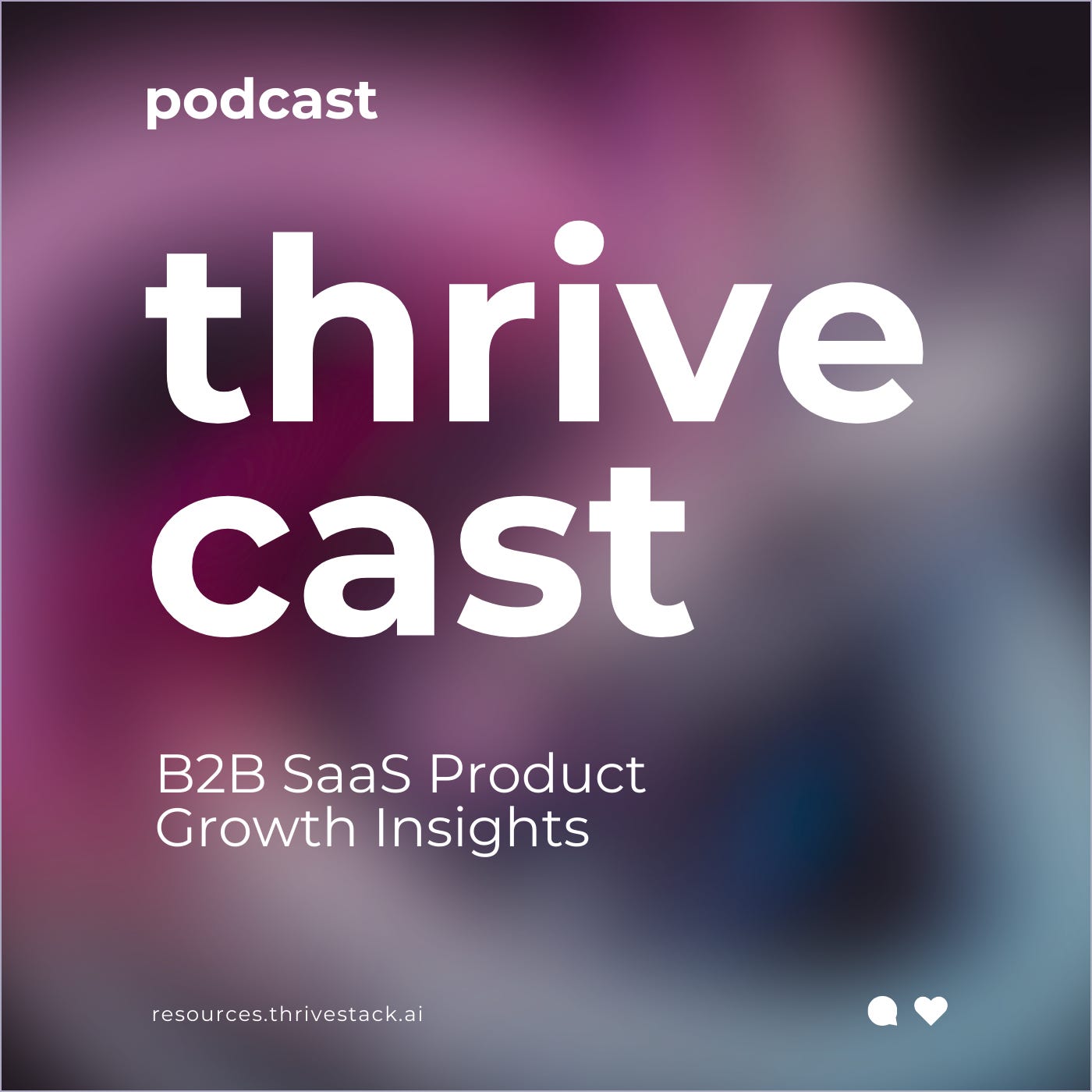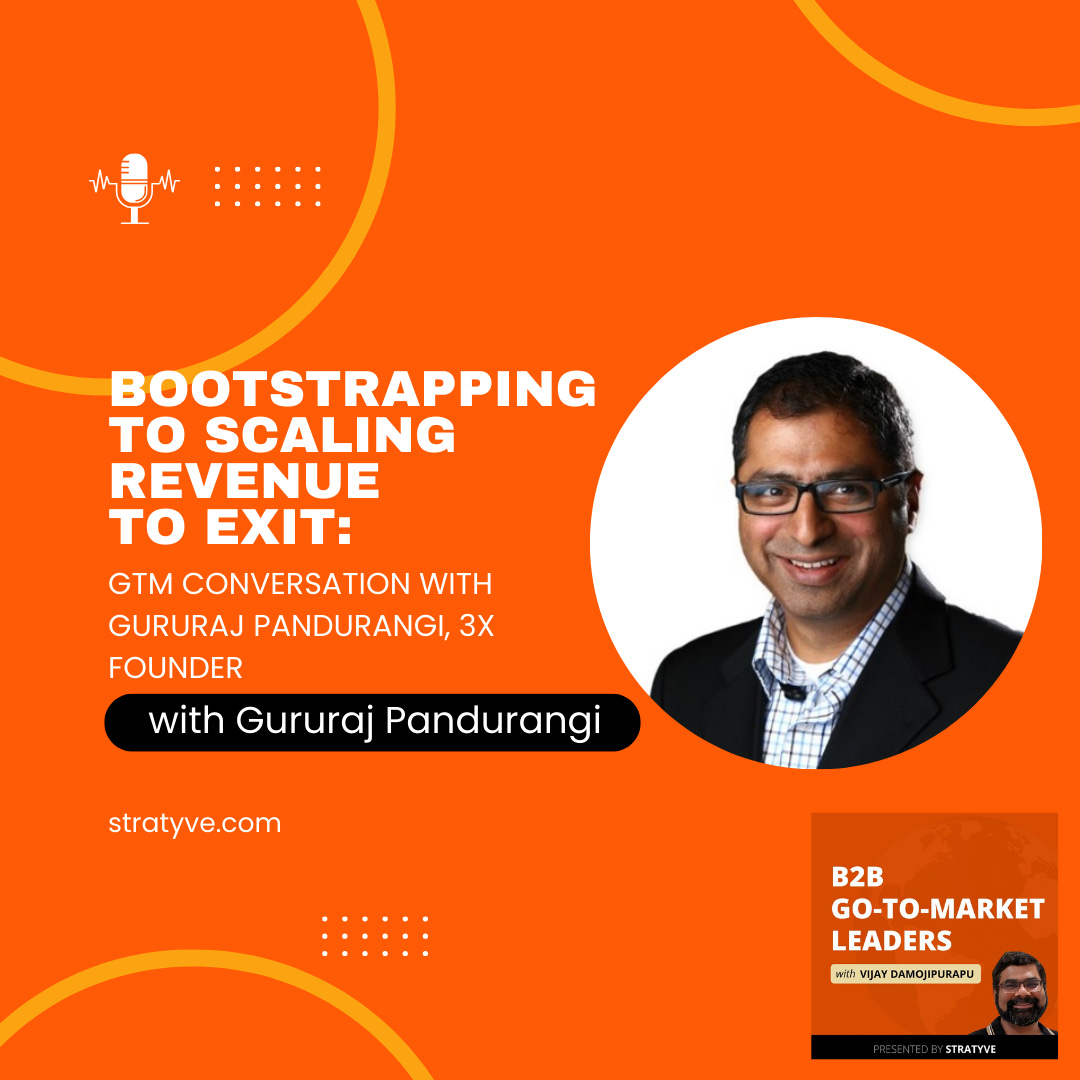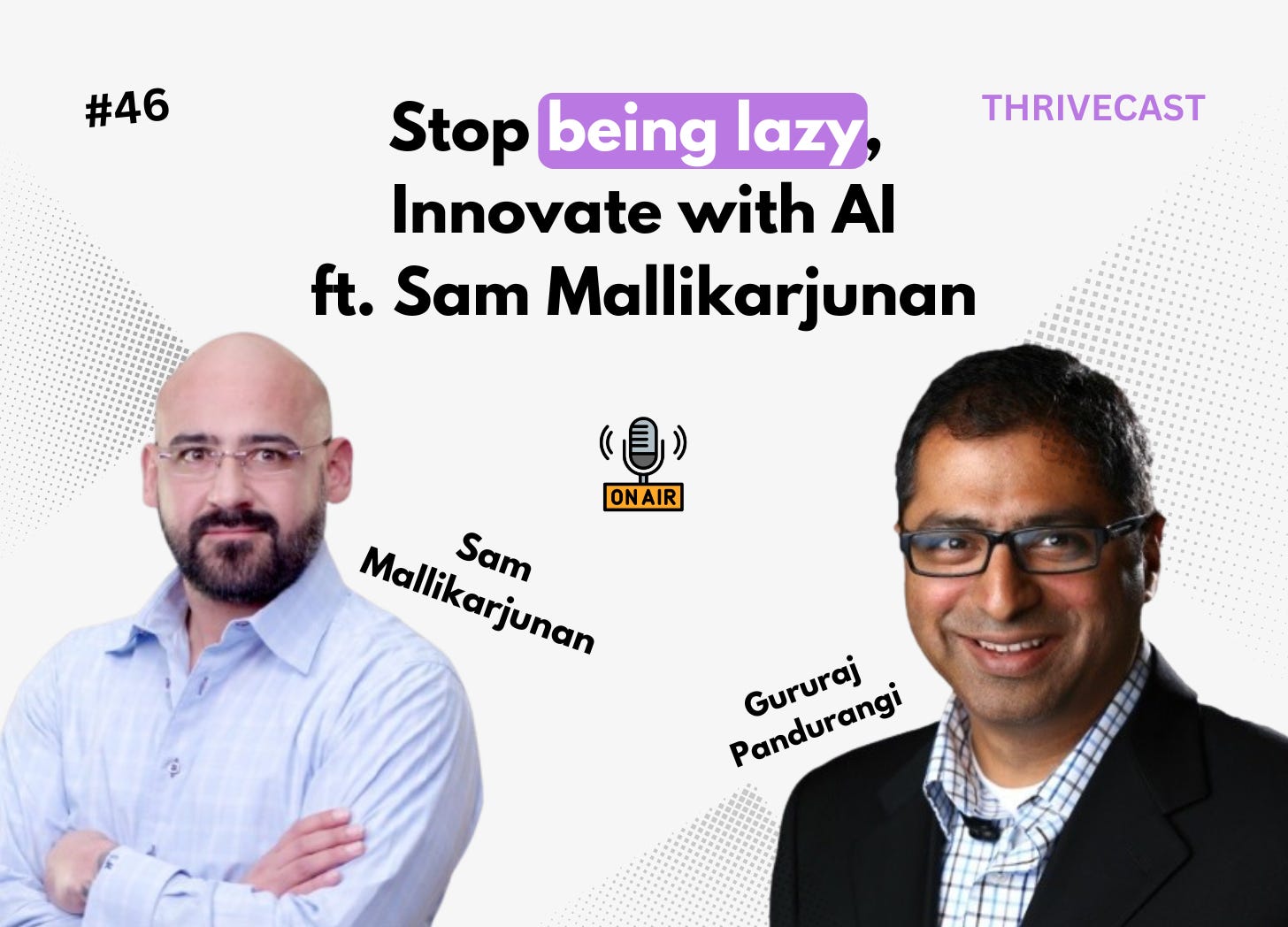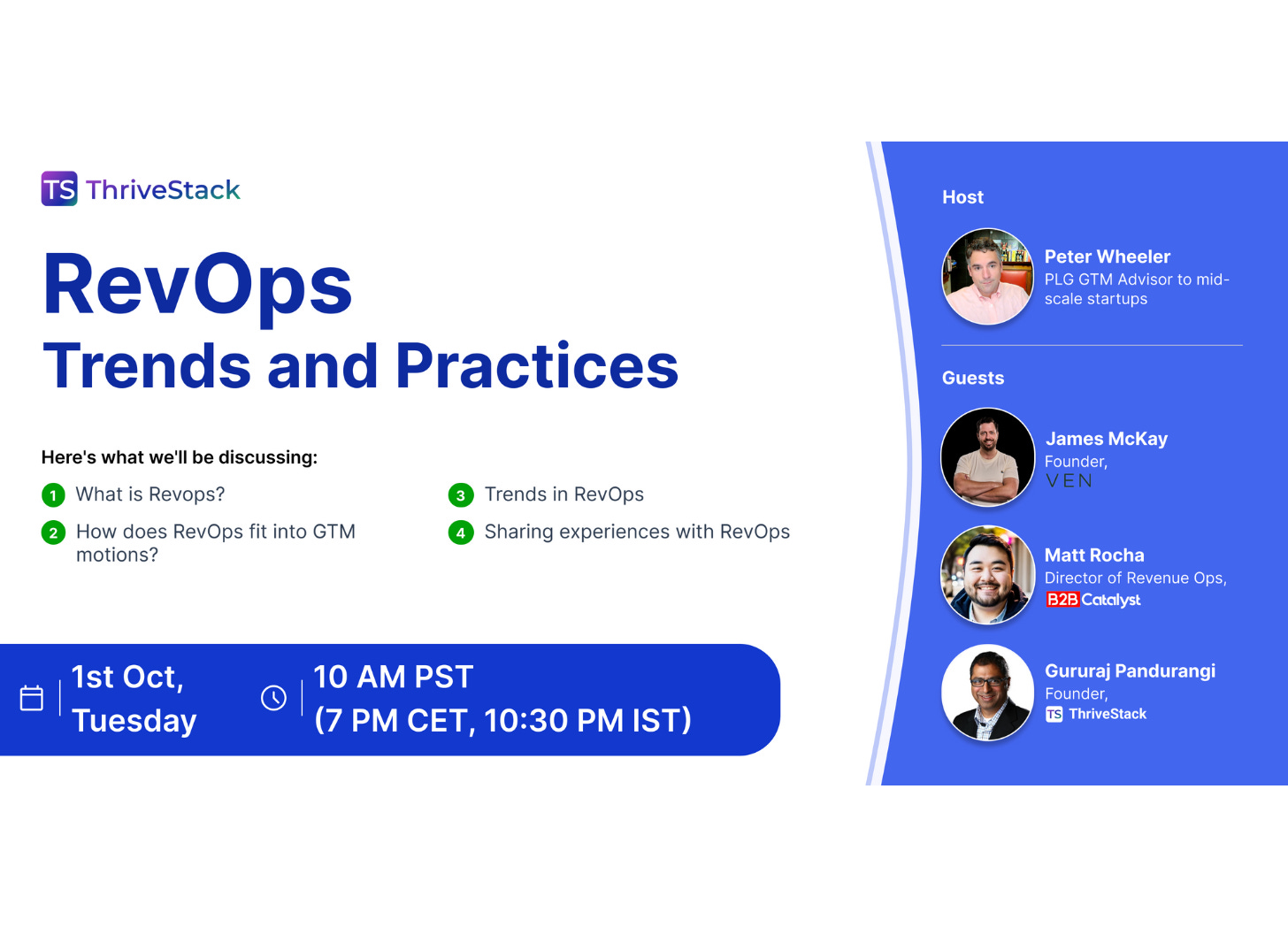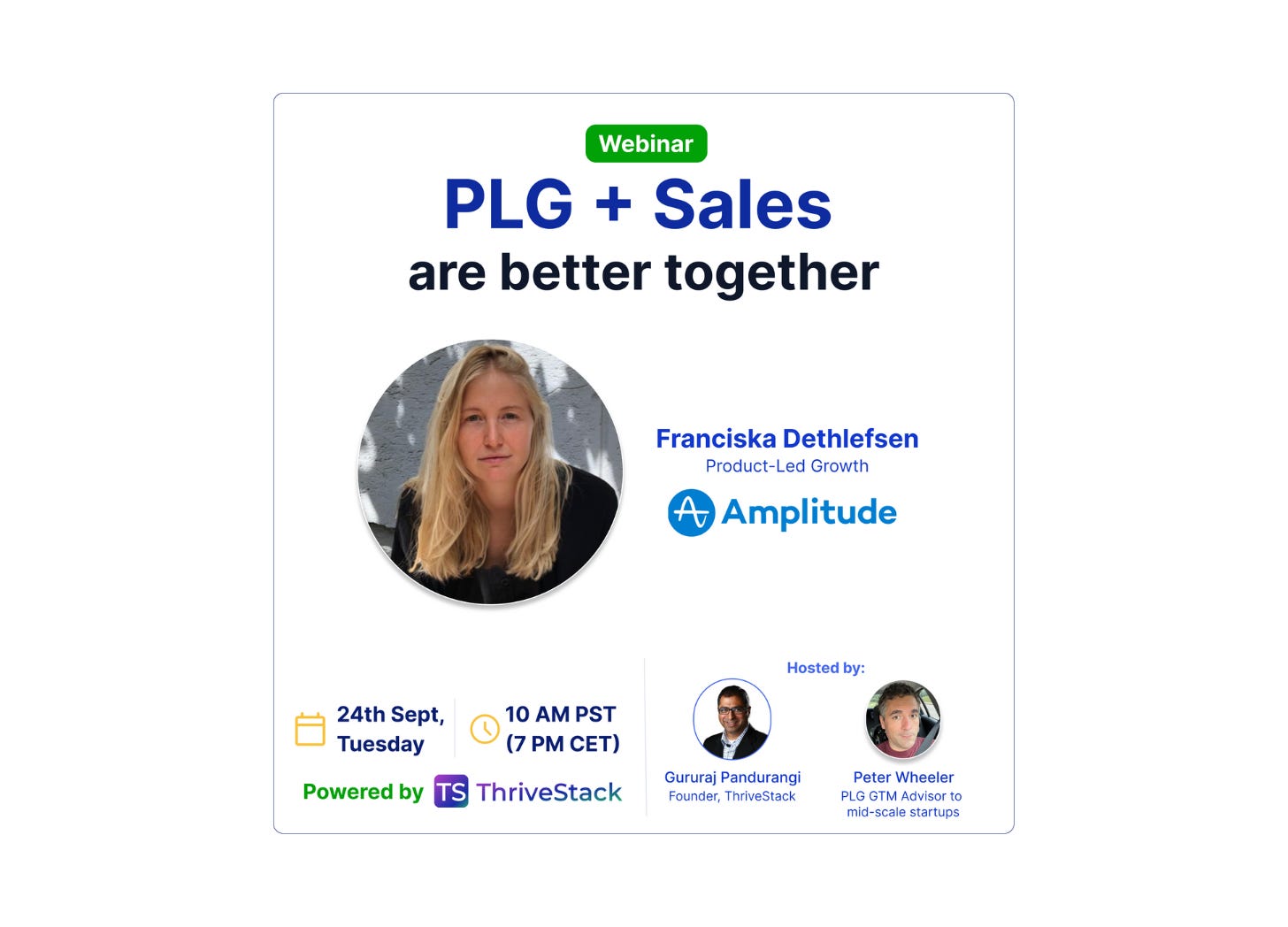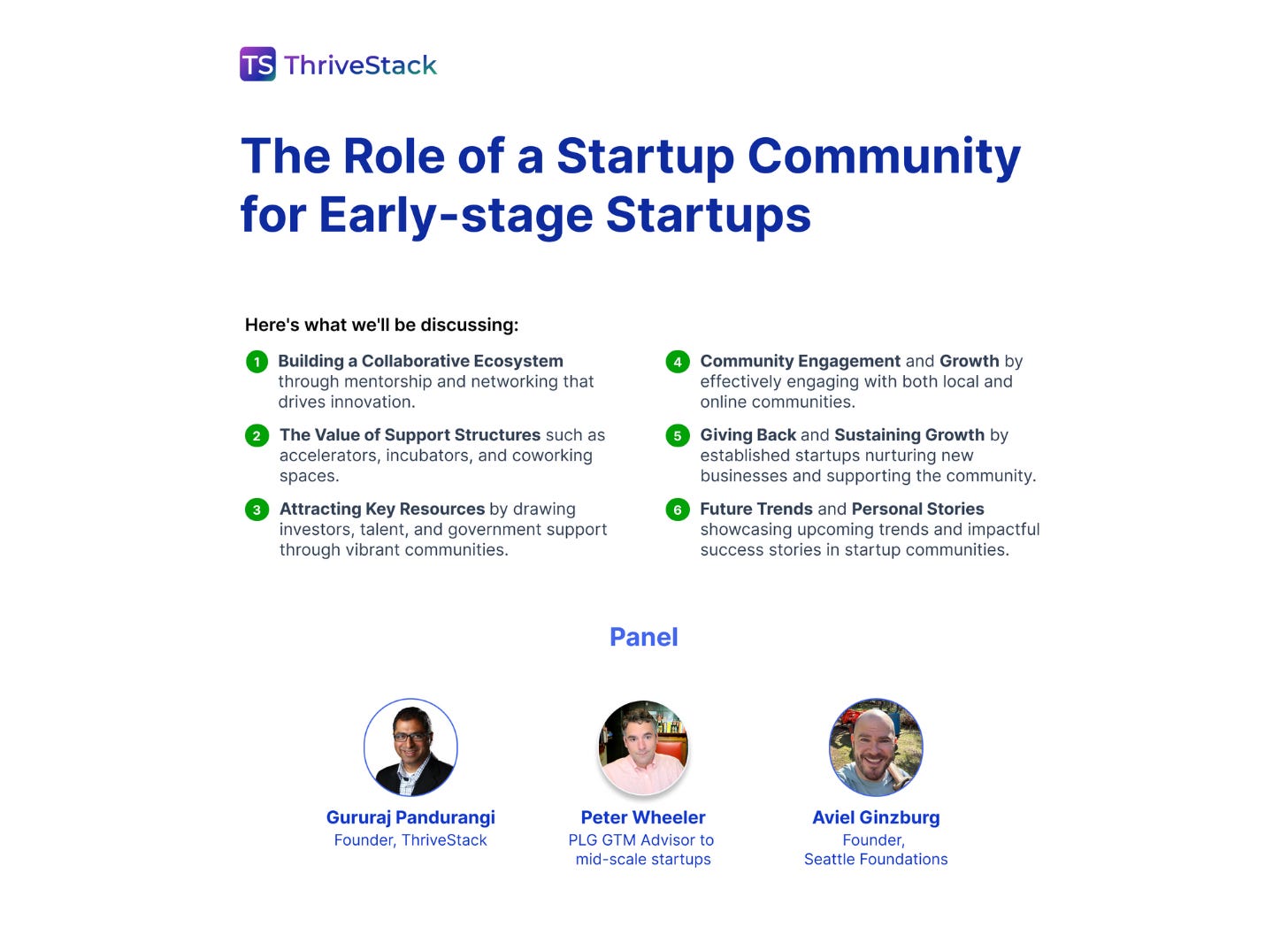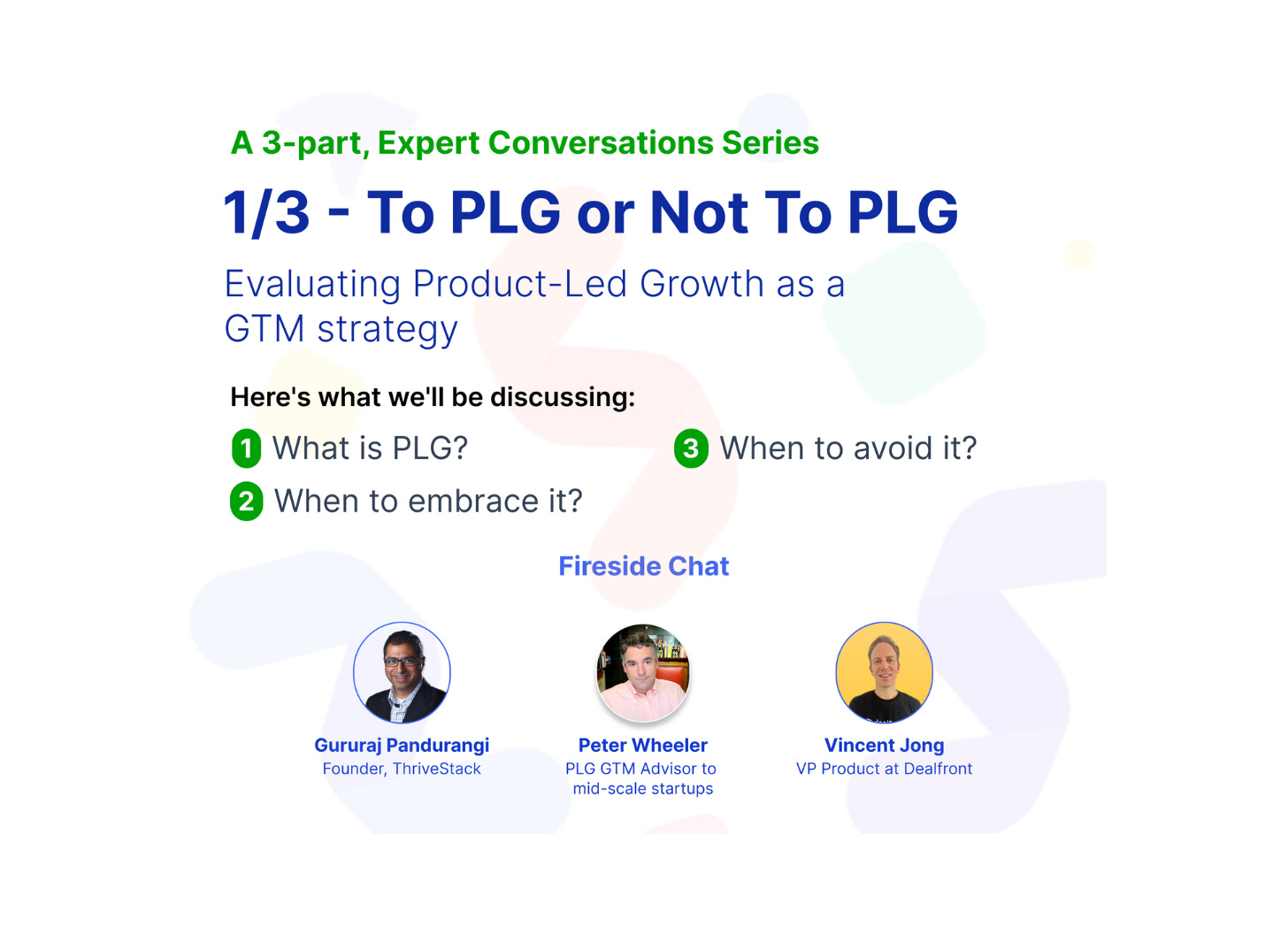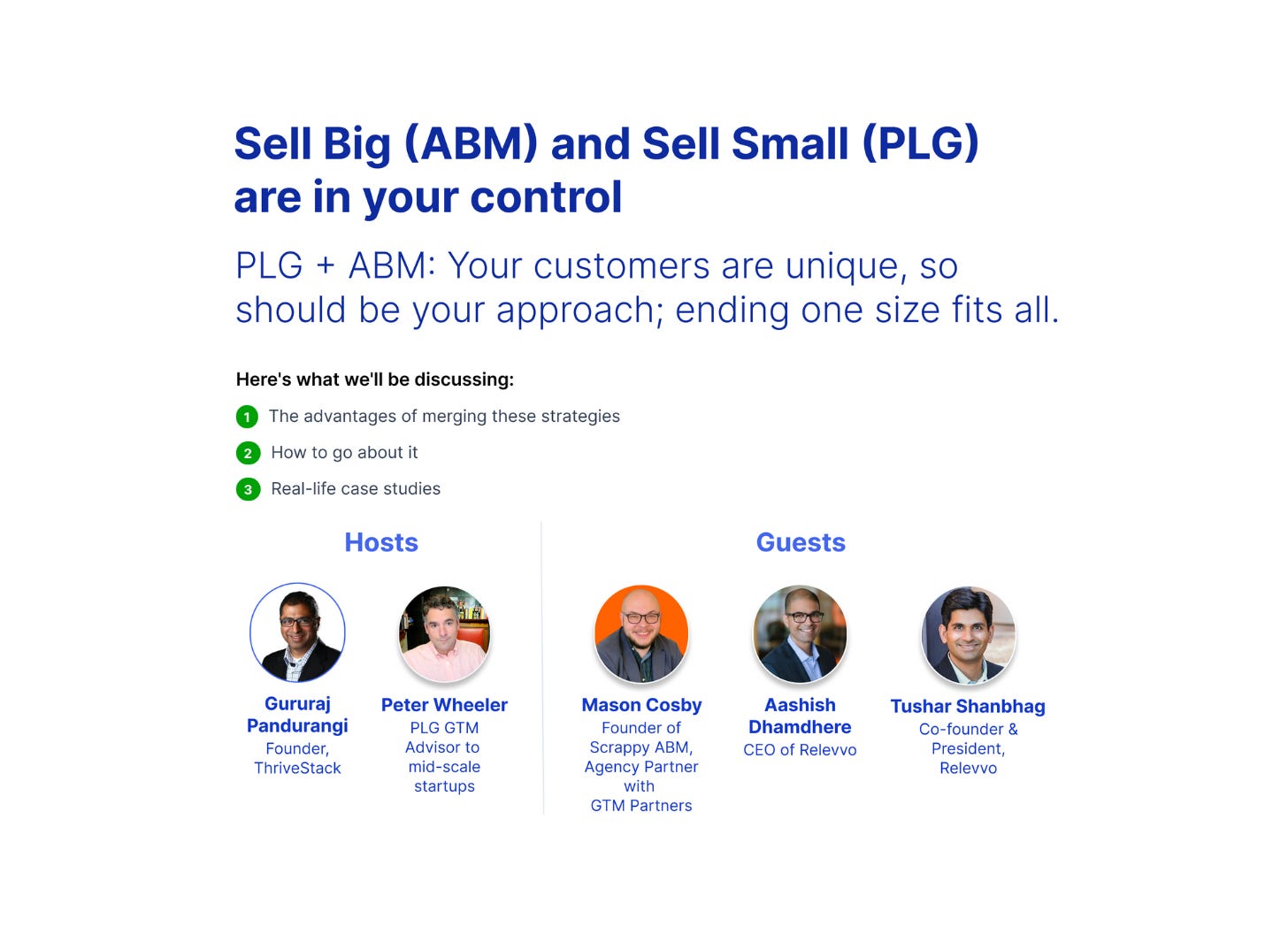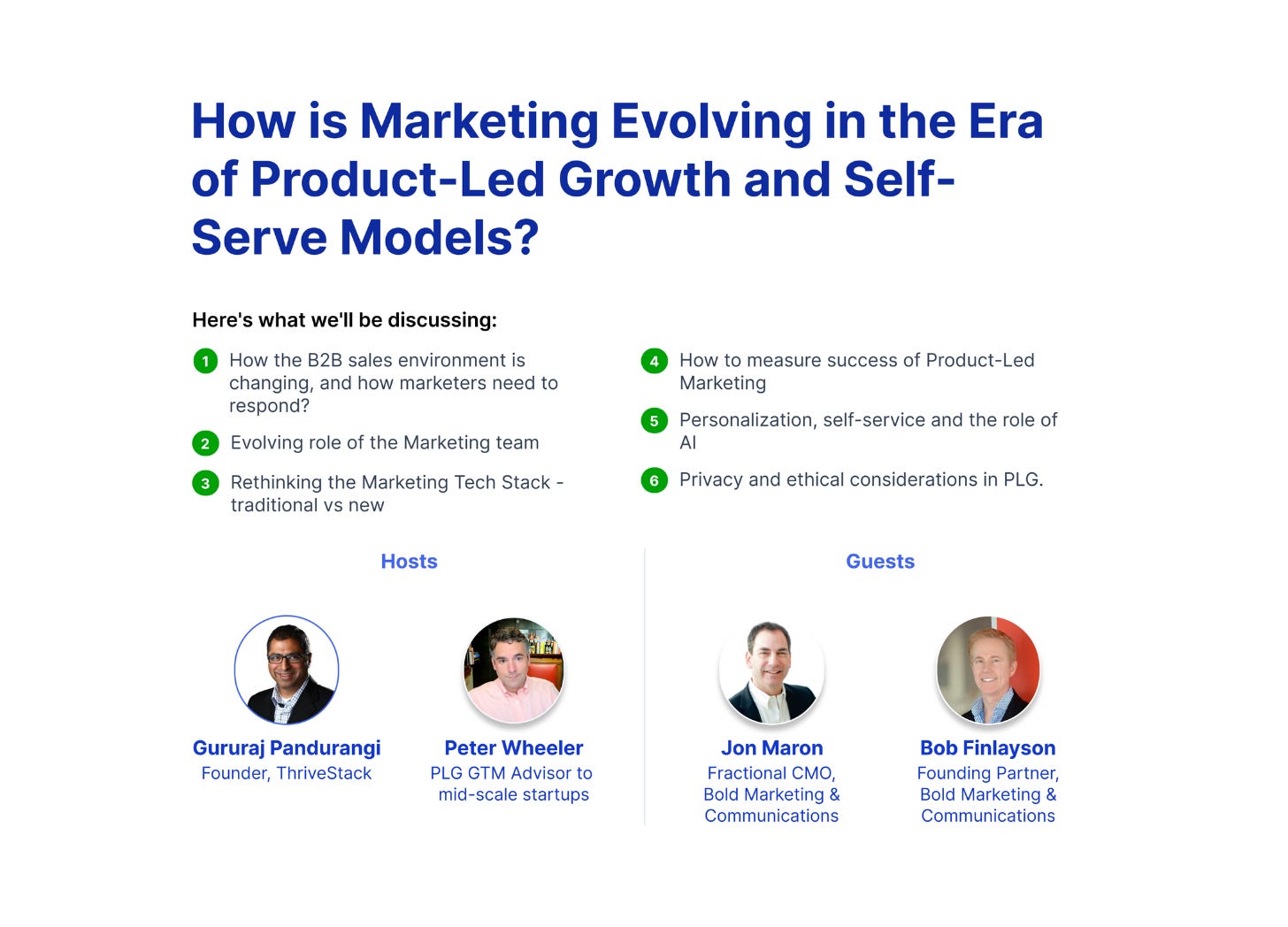#44 — Product-Led Playbook, ft. Wes Bush
Description
In a lively discussion, three voices in the SaaS world came together to talk about the future of product-led growth (PLG): Wes Bush, the bestselling author of Product-Led Growth and the creator of the PLG system; Vincent Young, VP at Dealfront and author of Product-Led Sales; and Peter Wheeler, a product growth expert.
With Wes Bush preparing to release his new book- The Product-Led Playbook, the session explored the complexities and challenges that come with adopting a PLG approach. The conversation was a reality check for many—a closer look into why PLG isn't just a buzzword, but a strategic shift that comes with its own hurdles.
The speakers tackled everything from onboarding pains and pricing transparency to navigating the fine line between product-led and sales-led approaches.
If you’ve ever wondered why only a small percentage of PLG companies achieve significant self-serve revenue or why onboarding can make or break your product, you’ve come to the right podcast!
Listen now on Apple, Spotify, Castbox, Google and YouTube.
Understanding PLG Challenges
Wes Bush brought an honest perspective to the session, highlighting the reality of implementing a product-led growth (PLG) strategy. Despite the buzz, PLG isn't an easy path. Wes noted that only around 5% of PLG companies break through to reach more than $10 million in self-serve revenue.
The reason? It’s not a lack of demand. 97% of buyers want to try before they buy. But while the market clearly favors self-serve models, many SaaS builders struggle to deliver on this effectively.
A key issue is distinguishing between the buyer and the user. Buyers seek to understand the product before purchasing, while users are the ones interacting with it daily. This distinction often leads to what Wes calls "cross-wiring trends," where the market clamors for self-serve, but the experience falls short for both buyers and users.
Wes’s upcoming book explores these challenges—whether it’s onboarding, retaining users, or scaling effectively. For him, this is about more than a framework; it’s about pinpointing why so many PLG businesses struggle to balance market demand and product execution.
The Importance of Onboarding
Onboarding is often a make-or-break moment in a product-led growth (PLG) strategy. It starts right from the first brand interaction—be it an ad, landing page, or blog post. But onboarding isn't just an initial experience; it's a continuous journey where users are guided to understand and find value as more features are added.
One striking point from the discussion was that most companies lose around 40-60% of users after their first experience. This shows how critical it is to make a strong first impression. The focus should be on guiding users quickly and effectively to ensure they stick around.
The panel also discussed the differences between sales-led and product-led onboarding. In sales-led models, the process relies on manual guidance from a sales team. However, in PLG, the product must stand on its own—the user needs to intuitively find value without hand-holding.
Pricing and Packaging in PLG
Transparent pricing can be both an asset and a challenge for product-led growth (PLG).
While clear pricing helps users quickly grasp a product's value, it can become tricky as monthly fees increase. How transparent should you be when prices rise to $1,000 or more? Is there a point where transparency stops being helpful?
The discussion touched on the land and expand strategy—a core part of PLG. Users start with one use case, then gradually explore more features. This sounds simple, but planning for such expansions can be difficult. Pricing progression needs to feel natural, allowing users to upgrade without facing overwhelming costs.
A crucial aspect of this is identifying value metrics—the elements that users value most, such as per contact or overall usage. When pricing aligns with these metrics, users are more likely to move from free to paid plans. Tiered pricing that scales with usage creates a smooth transition, making upgrades feel less like a jump and more like a natural progression.
Ultimately, pricing and packaging aren’t just about numbers—they need to align seamlessly with how users experience and find value in your product.
Sales vs. Product-led Dichotomy
* Speed vs. Scalability: Sales-led approaches are faster to start. Direct conversations with potential customers help validate the product quickly. In contrast, PLG requires more upfront effort but offers better scalability, with the product driving growth instead of a growing sales team.
* Manual Effort vs. Self-Serve Experience: In sales-led models, the process is often manual. Sales reps guide customers through the journey, making it easier to tailor experiences but harder to scale. PLG focuses on building a self-serve experience where users can discover and use the product independently.
* Revenue Growth vs. Customer Learning: Sales-led models can secure revenue quickly by closing high-touch deals, which helps refine the product. However, product-led growth emphasizes continuous user learning and improving the product experience, making it easier to onboard and retain users over time.
* Choose One or Blend Both?: For early-stage startups, starting with a sales-led approach helps identify target users and use cases quickly. As the product matures, PLG tactics can be layered on to facilitate scaling and lower customer acquisition costs (CAC).
Building a Product-Led Organization: Key Elements
* Clarify Your Strategy to WinThe importance of a clear strategy came up frequently. The focus isn't just on having a product but knowing exactly how to win in your space. For example, defining how your product stands out—whether it's through a self-serve model, transparent pricing, or superior onboarding—is essential.
* Onboarding: More Than Just SignupsOnboarding was a major focus of the discussion, with a consensus that it begins the moment users interact with your brand. The aim is to guide users to value quickly and keep doing so as new features are added, making the process an ongoing journey.
* Pricing and Packaging Aligned with ValueThe conversation highlighted the need for pricing that grows with the user. Instead of arbitrary jumps in cost, the pricing model should align with usage or value metrics, allowing a smooth transition as users find more value in your product.
* Balance Sales-Led and Product-Led TacticsWhile PLG is the ultimate goal for many SaaS companies, there was an acknowledgement that a sales-led approach often helps gather feedback and understand the market early on. The transition to PLG should be strategic, leveraging sales-led insights to build scalable, user-friendly onboarding and pricing.
* Iterate Based on User BehaviorIt was clear that PLG requires constant iteration. By tracking how users engage with the product, companies can refine the onboarding experience, adjust pricing, and improve overall value to drive growth.
Key Timestamps
* (00:00 ) - Introduction
* (01:50 ) - Wes Bush’s PLG Journey
* (03:45 ) - PLG Companies' Struggles
* (08:00 ) - The Role of Onboarding
* (10:14 ) - Sales-Led vs. Product-Led Growth
* (20:40 ) - Pricing Transparency Debate
* (22:22 ) - Land and Expand Strategy
* (37:00 ) - Final Thoughts & Wes’s Book
Conclusion
PLG offers a promising path but comes with challenges. A strong strategy, smooth onboarding, and value-aligned pricing are crucial. Start with a sales-led approach to gather feedback, then scale effectively with PLG. Continuously improve by analyzing user behavior and refining the product experience. For more insights, check out Wes Bush’s new book- Amazon: The Product-Led Playbook
This is a public episode. If you would like to discuss this with other subscribers or get access to bonus episodes, visit www.hybridgtm.com

